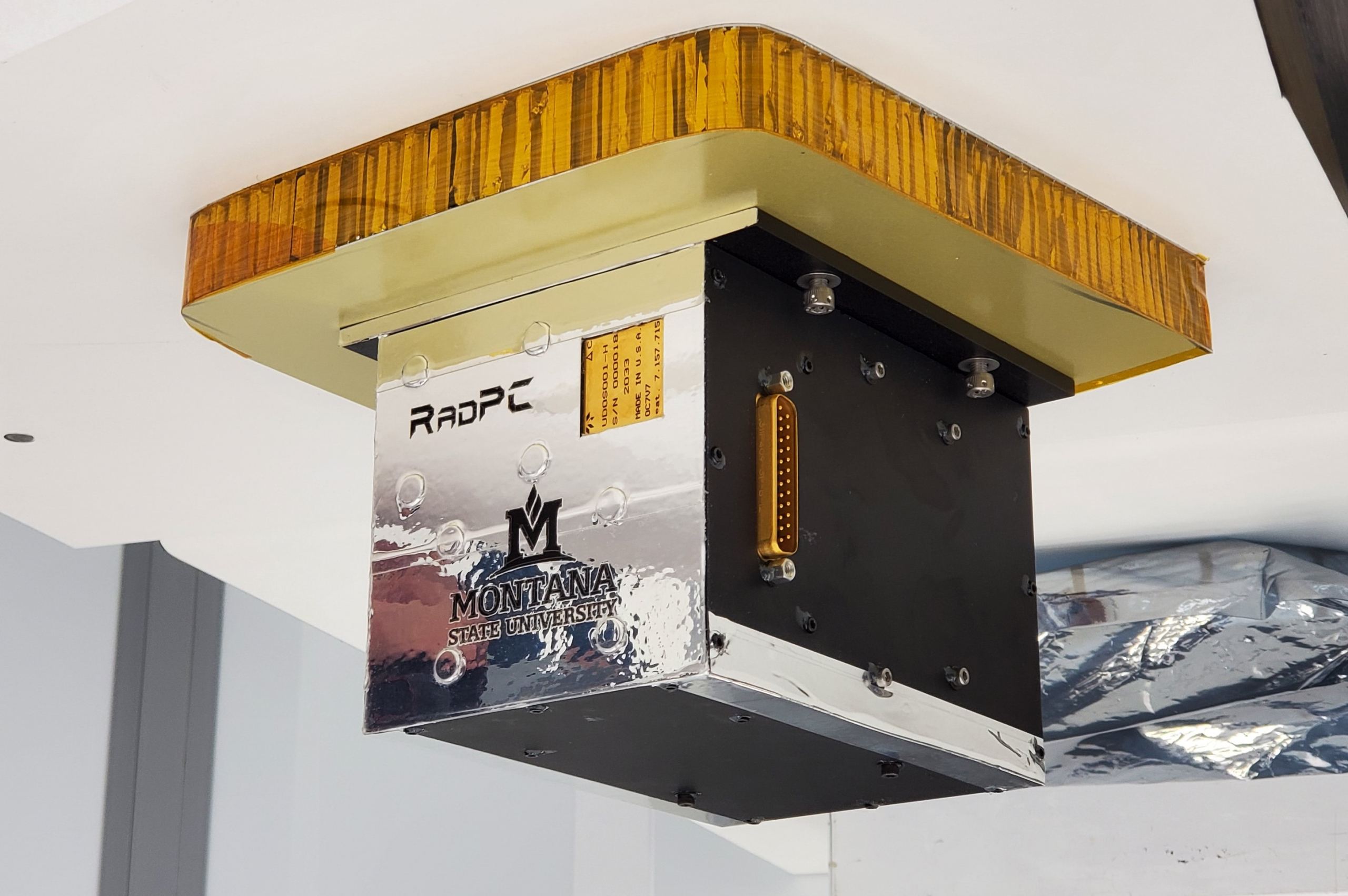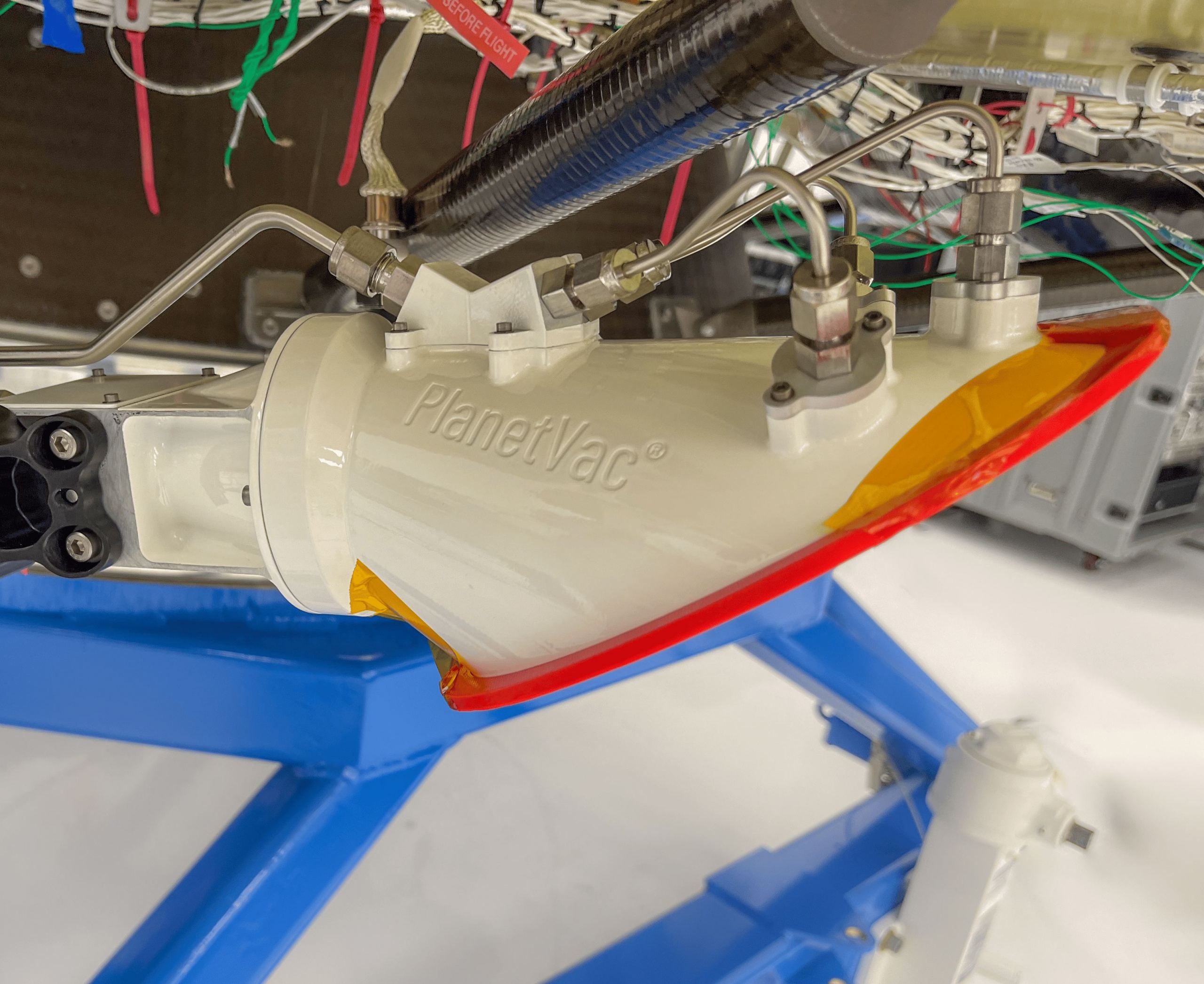Abstract
Snake-eyed, or ablepharine skinks, are common residents of the highest mountain ranges on Earth, including the Himalayas, the Tibetan Plateau, Karakoram, Pamir, and Tian Shan, colloquially known as the Roof of the World. Historically, these skinks were alternatively assigned to the genera Scincella, Ablepharus, Asymblepharus, and Himalblepharus, but recent revisions proposed to group them in only two genera, namely Protoblepharus (the eastern Himalayan taxa) and Ablepharus (all other taxa). The taxonomy of this group yet remains in a state of flux due to the limited informativeness of available phylogenies (often with little material from the Himalayan region), discrepancies in morphological patterns of variation, and the potentially high yet unconsidered degree of diversity of the group. To shed some light, we assess the mitochondrial diversity and evolution of Himalayan snake-eyed skinks based on >200 individuals sampled across Pakistan, India, Nepal, and China, representing nine out of ten Himalaya currently recognized species. Phylogenetic relationships were inferred from 2998 bp of mitochondrial sequences (12S, 16S, ND2, cyt b). Our analyses reveal a remarkably high cryptic diversity, including 14 to 16 species-level lineages within Ablepharus and four species-level lineages within Protoblepharus, which would substantially increase the number of species by at least twofold. This hidden diversity highlights the Himalayas as a center of phylogeographic diversification and endemism, likely shaped by geological and climatic factors associated with orogenesis, which now houses over half of the ablepharine skink species.
Keywords: Ablepharus; biogeography; distribution; Himalaya; Himalblepharus; lizards; mtDNA barcoding; Protoblepharus; Sphenomorphinae
 |
| Distribution of the major clades of Ablepharus: Protoblepharus (blue), the Ablepharus sikkimensis group (yellow), the Ablepharus himalayanus group (red), the Ablepharus ladacensis group (green), and the ‘core’ Ablepharus with fully or partially fused eyelids (white). Distribution of the Ablepharine skinks in the Himalaya: Protoblepharus (blue), the Ablepharus sikkimensis group (yellow), the Ablepharus himalayanus group (red), and the Ablepharus ladacensis group (green). |










Leave a Comment